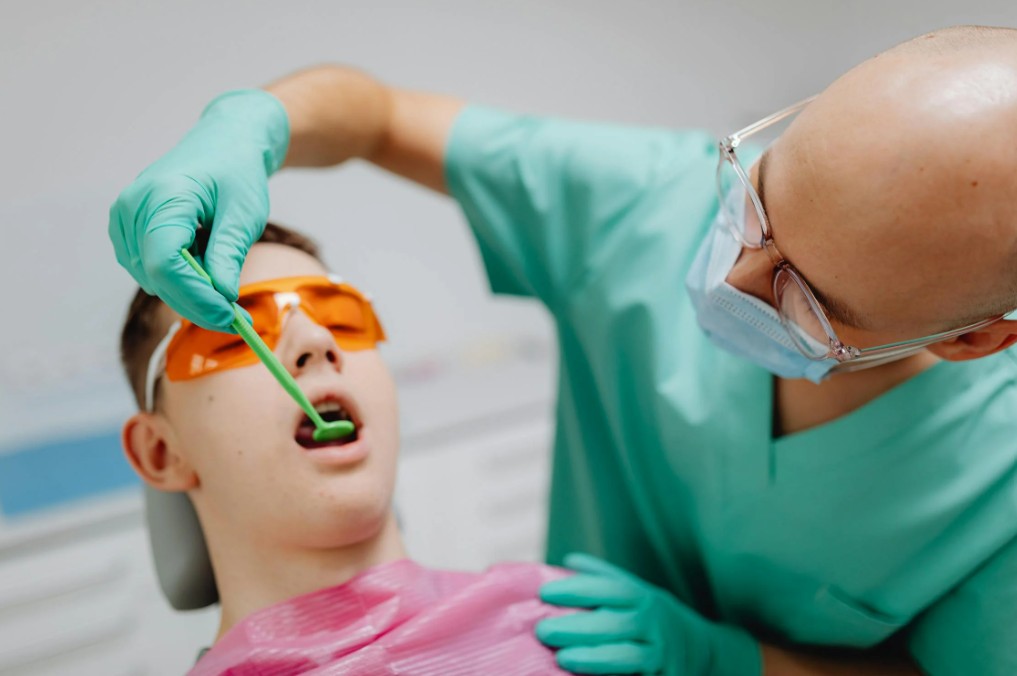Why is my teen moody? What is Disruptive Mood Dysregulation Disorder (DMDD) in teens? Disruptive Mood Dysregulation Disorder (DMDD) is a mood disorder that plagues tweens and teens.
It is a condition in which adolescents experience ongoing irritability, anger, and frequent, intense temper outbursts. The symptoms of DMDD go beyond a “bad mood.” DMDD symptoms are severe.

DMDD is different from other disorders that can look similar, like bipolar disorder, autism spectrum disorder and oppositional defiant disorder. But kids with DMDD can have certain other disorders at the same time, including ADHD, depression and anxiety.
Teens with DMDD also have a bigger chance of developing serious depression or anxiety as adults.
Symptoms and Signs of DMDD
Early intervention and treatment play an important role in ensuring a positive outcome and reducing the risk of your teen developing other disorders as time goes on. That’s why it’s helpful to know what to look for so you can spot the signs of DMDD in your child.
- Persistent irritable or angry mood practically throughout much of the day almost every day, and occurs between anger outbursts
- The irritability and anger are noticeable to others who interact with your teen, such as family members, friends, and teachers
- Explosive outbursts of rage or anger expressed either verbally (e.g. screaming or yelling) or physically (e.g. becoming physically aggressive towards others or towards property such as hitting, punching, throwing or breaking things)
- These outbursts are excessively disproportionate in terms of their duration and intensity with regards to the situation that triggered them
- The outbursts have been occurring for at least 12 consecutive months and an average of at least 3 times a week during that 12-month period (with no more than a 3-month period of relief from symptom occurrence)
- The symptoms mentioned above aren’t caused by alcohol, drugs, or any other substances
- Family members often feel as if they must “tiptoe” around the individual so as not to “set” him or her off
- Symptoms occur in more than one setting (e.g. both home and school); if they occur in only one setting then DMDD is not the proper diagnosis
Treating DMDD
If you think your teen has DMDD, it is important to seek treatment. DMDD can impair a teen’s quality of life and school performance and disrupt relationships with his or her family and peers. Teens with DMDD may find it hard to participate in activities or make friends. Having DMDD also increases the risk of developing depression or anxiety disorders in adulthood.
Treatment for DMDD generally includes certain types of psychotherapy (“talk therapy”) and sometimes medications. In many cases, psychotherapy is considered first, with medication added later. However, at times, providers recommend that children receive both psychotherapy and medication at the start of their treatment.
Also read:
5 Benefits of Boarding Schools for Troubled Teens
Purpose of Therapuetic Boarding Schools
###
If your teen is struggling with DMDD and you’ve exhausted your local resources, learn more about the benefits of residential treatment for teen help. Contact us for more information.
Sources: National Institute of Mental Health (NIMH), Child Mind Institute






